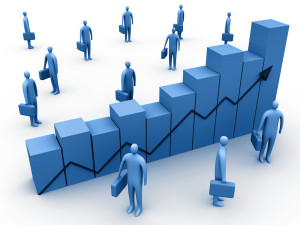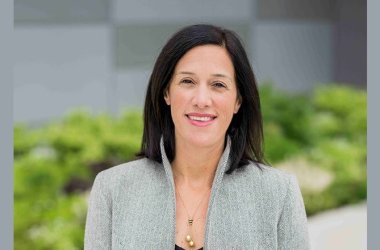When two of your best employees eat lunch together, does the company make more money as a result? When call centre staffers take group breaks to socialize, do they complete calls more quickly after-ward? When lunch-room tables are a bit more crowded, does overall productivity increase?

Welcome to the fascinating but nascent world of talent analytics, where the “yes” answers to all of those questions are based on science and real data. No guesswork need apply.
As you’ll learn in our cover story (” HR Departments Invaded by Data Scientists“), there is an expanding array of business uses for talent analytics-and a crying need for CIOs to dive in and give HR executives a helping hand.
“HR is being held accountable to deliver business results. And the language of the business is analytics,” says General Motors’ Michael Arena, who leads the global talent group there. “A big piece is integration-ensuring the right systems are connected so we know where to draw the data from.”
That puts IT at the white-hot centre of the data-driven HR efforts happening today at companies like Chiquita Brands, Coca-Cola Enterprises, Fairchild Semiconductor, GM, Praxair, Steelcase, and many others. They are crunching new sets of data drawn from SharePoint, ERP systems, social networks, email, workplace sensors and other sources. The often-surprising results provide fresh answers to all sorts of HR questions about new-hire screening, successful project staffing, call centre efficiencies–and attrition predictions for top performers.
Our story also delves into the dark side of personal data-collecting, which skirts the boundaries of privacy. “The barrier at this point is not the technology,” says Ben Waber, author of People Analytics and CEO of Sociometric Solutions. “The challenge is that organizations are not used to looking at themselves this way.”

Waber notes that companies have assembled employee data for years, mostly for qualitative purposes. But these next-generation metrics “give us radically more powerful information,” he says.
CIOs especially can help their companies figure out what data matters most. “Everyone is thinking about big data and collecting all kinds of data to try to figure out how to create smarter people,” says Terry Sullivan, director of applied research at furniture-maker Steelcase. “CIOs can drive this effort.”





